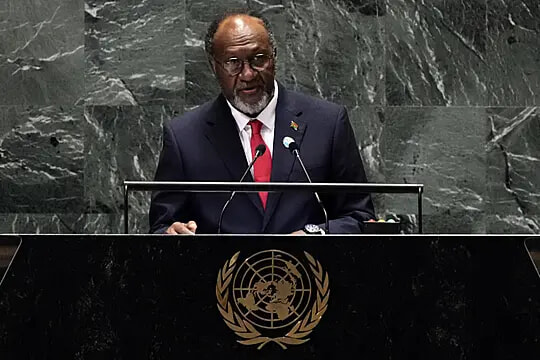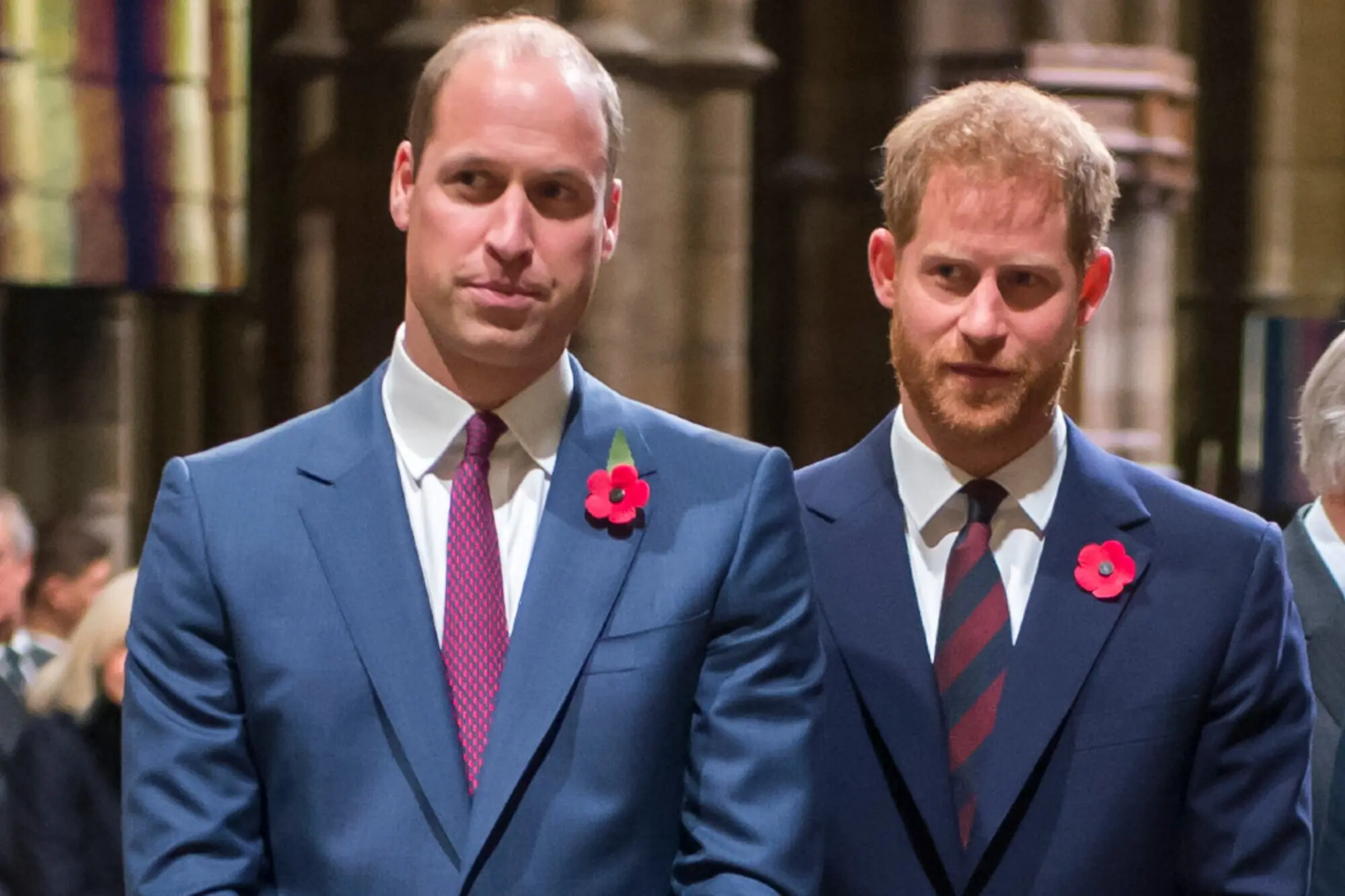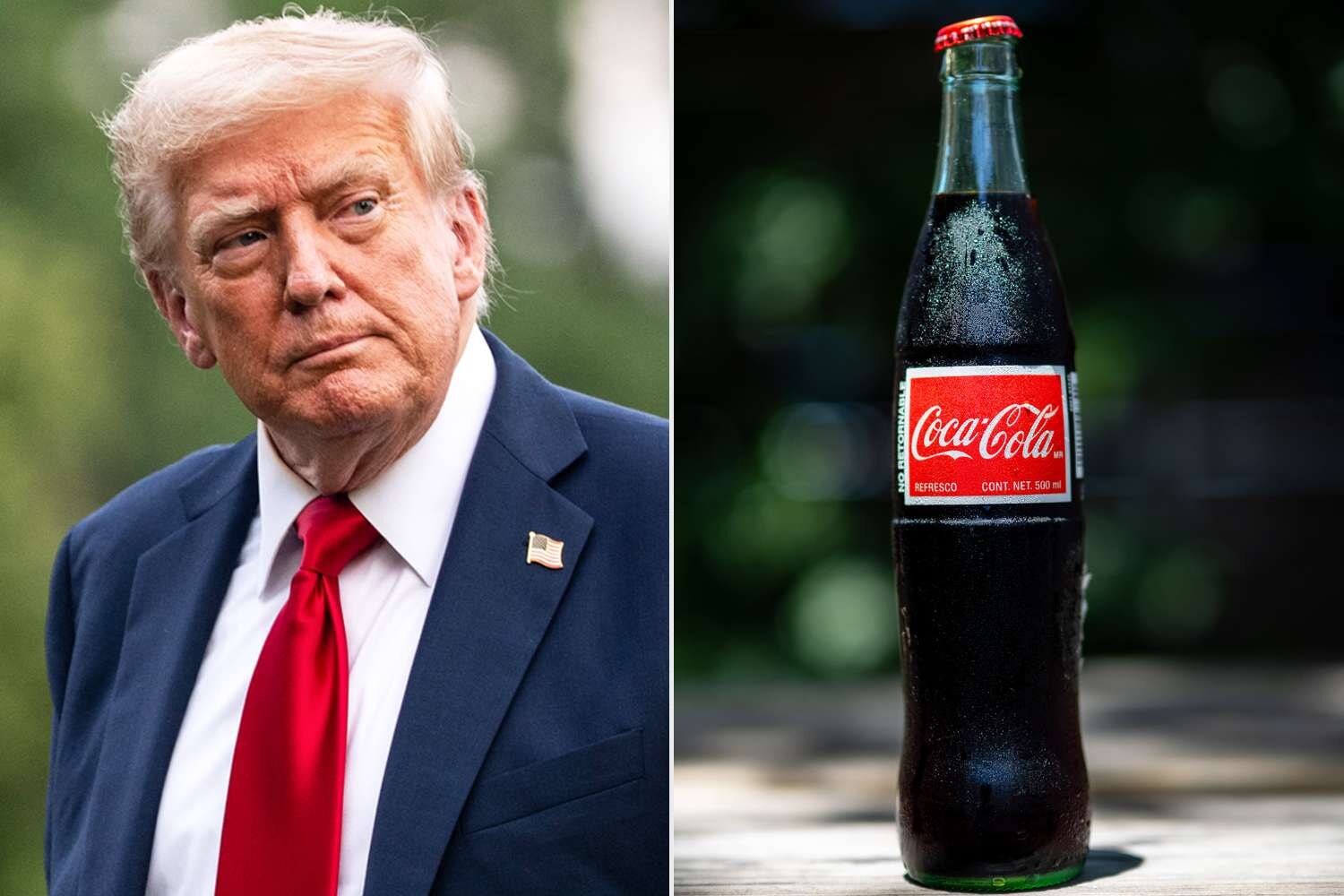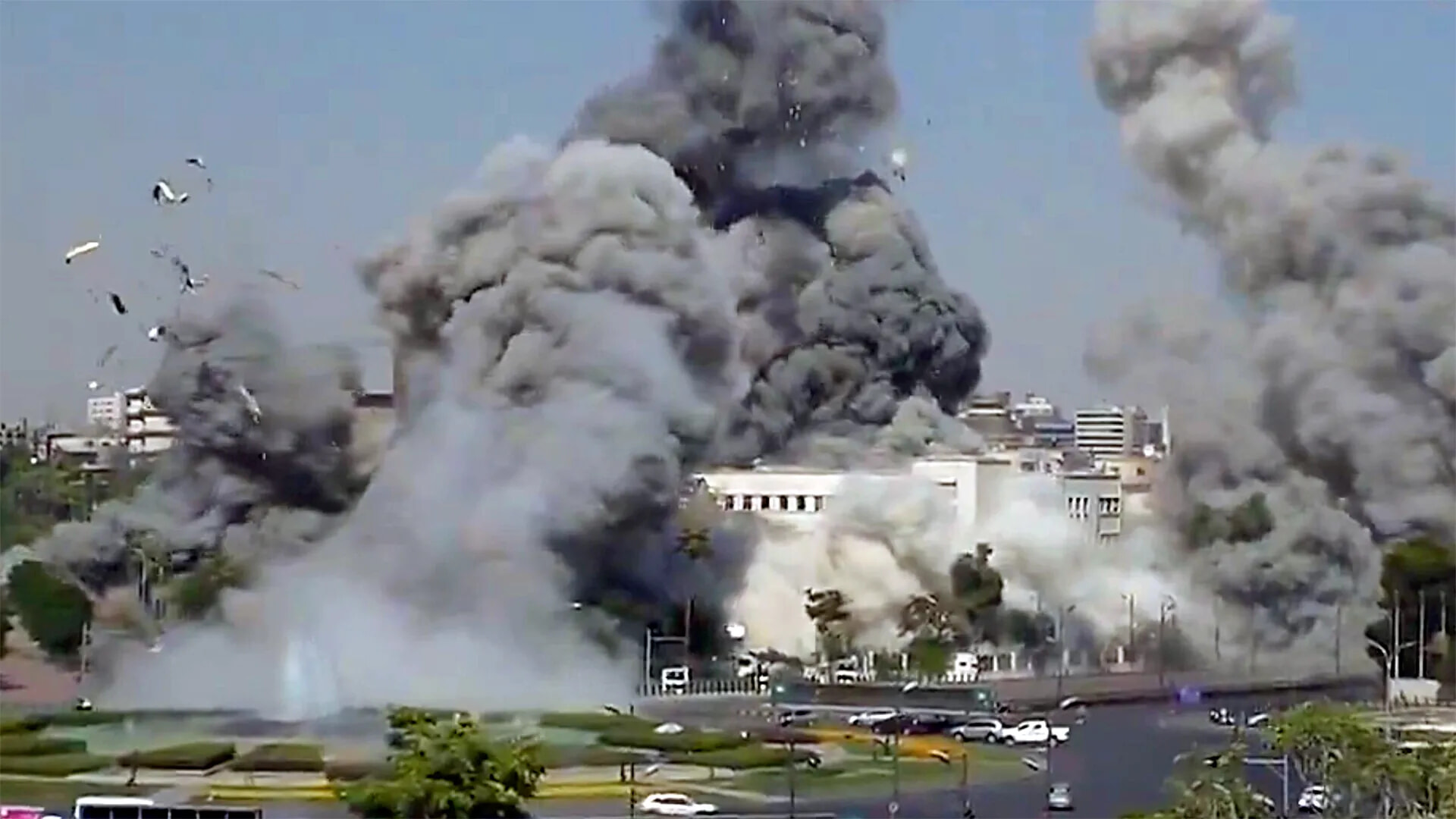
Israel Strikes Syria's Capital, Damascus
Things are progressing.
Published July 18, 2025
Advertisement
Advertisement
1. Shadows Over Damascus: An Unexpected Strike
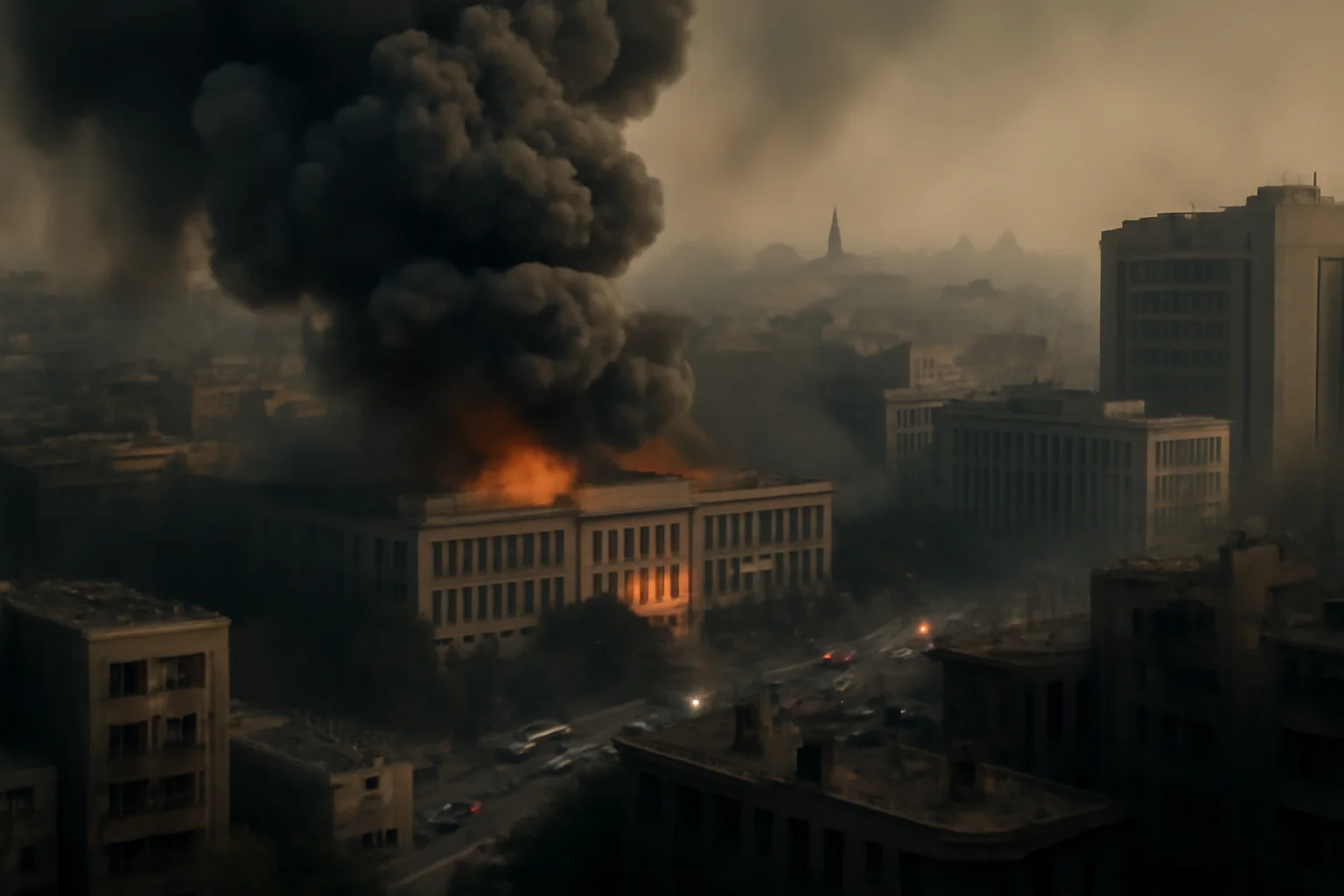
On a tense Wednesday morning, the Syrian capital of Damascus was jolted awake by a series of thunderous Israeli airstrikes targeting the city’s Defense Ministry headquarters and the area surrounding the presidential palace.Warplanes roared over the skyline, unleashing a barrage that sent plumes of black smoke curling into the sky and left shattered windows and panic in their wake.The strikes came after days of fierce fighting in southern Syria, specifically in the Druze-majority city of Sweida, where government troops and local Druze militias had been locked in escalating conflict.Eyewitnesses described the strikes as some of the most forceful in years, with explosions rattling downtown neighborhoods and citizens scrambling for safety as emergency sirens pierced the chaos.Syrian state media reported at least one civilian killed and more than eighteen wounded, with ambulances ferrying the injured to overwhelmed hospitals.Television anchors ducked for cover live on air as the Ministry of Defense was struck in real time, an image quickly shared by Israeli Defense Minister Israel Katz, who declared on social media, “the painful blows have begun.”Just hours earlier, drones had struck the same building, and reports circulated of additional missiles hitting government vehicles and army positions in and around Sweida.The attacks marked the third consecutive day that Israel had bombed Syrian military targets, as it openly announced its intention to protect the country’s Druze minority from what it deemed existential threats.Israel’s military said it would escalate further if Syrian forces did not withdraw from Druze areas, vowing to enforce a demilitarized zone along its northern border.Across the city, government officials condemned the strikes as a flagrant violation of sovereignty and international law, promising that “justice is the standard by which we operate.”But behind the official statements, families in Damascus and beyond braced themselves for a conflict spiraling further out of control, uncertain what tomorrow might bring.
Advertisement
2. The Druze Crossroads: A Sect in the Crossfire
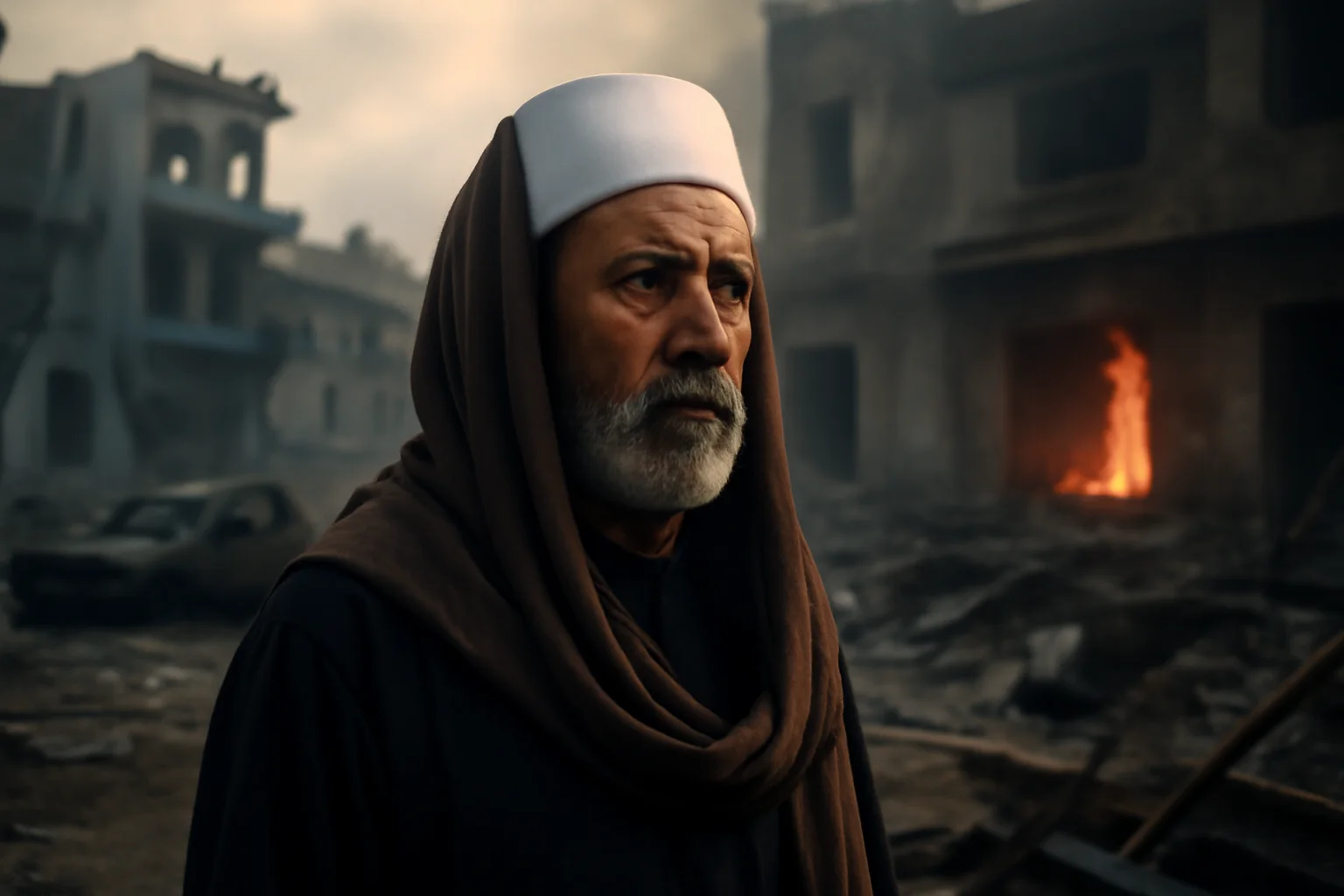
The heart of the current violence lies in the southern province of Sweida, home to Syria’s largest community of Druze—a religious minority with deep roots and a proud tradition of autonomy.The Druze, an offshoot of Shia Islam with unique beliefs, have historically navigated a precarious existence, balancing relations with rulers in Damascus, neighboring communities, and kin across Lebanon and Israel.Over the past week, Sweida has descended into chaos as tit-for-tat kidnappings and attacks between local Sunni Bedouin tribes and Druze armed groups spiraled out of control, with government forces intervening—ostensibly to restore order, but instead deepening the bloodshed.Witnesses reported scenes of government troops clashing with Druze militias, as social media erupted with videos of abuses on both sides, including the forced humiliation of religious leaders and the destruction of homes.As fighting raged, government-affiliated fighters were accused of looting, burning civilian houses, and carrying out extrajudicial killings, fueling outrage and calls for vengeance.The violence shattered a fragile ceasefire brokered just days before, plunging the city into open warfare that left hundreds dead and wounded, according to both Syrian officials and international monitors.For the Druze, who number roughly 700,000 in Syria and about 1 million worldwide, the clashes are more than just a local dispute—they represent a fight for survival and self-determination.Some Druze leaders called for integration into Syria’s new government, while others pushed for greater autonomy or outright resistance, fearing a loss of influence or outright persecution under Sunni-majority rule.Amid the chaos, Druze families across the region frantically sought news of loved ones trapped in the conflict zone, their fates often unknown amid communication blackouts and the constant threat of renewed violence.The sense of betrayal ran deep as many recalled past massacres, including the infamous Islamic State attack on Sweida in 2018, and accused the state of failing to protect its own citizens.At the borders, Druze communities in Israel and the occupied Golan Heights watched anxiously, with many urging the Israeli military to act, while others crossed the border to aid their kin—risking arrest or death.
Advertisement
3. Ceasefires in Shambles: The Collapse of Order
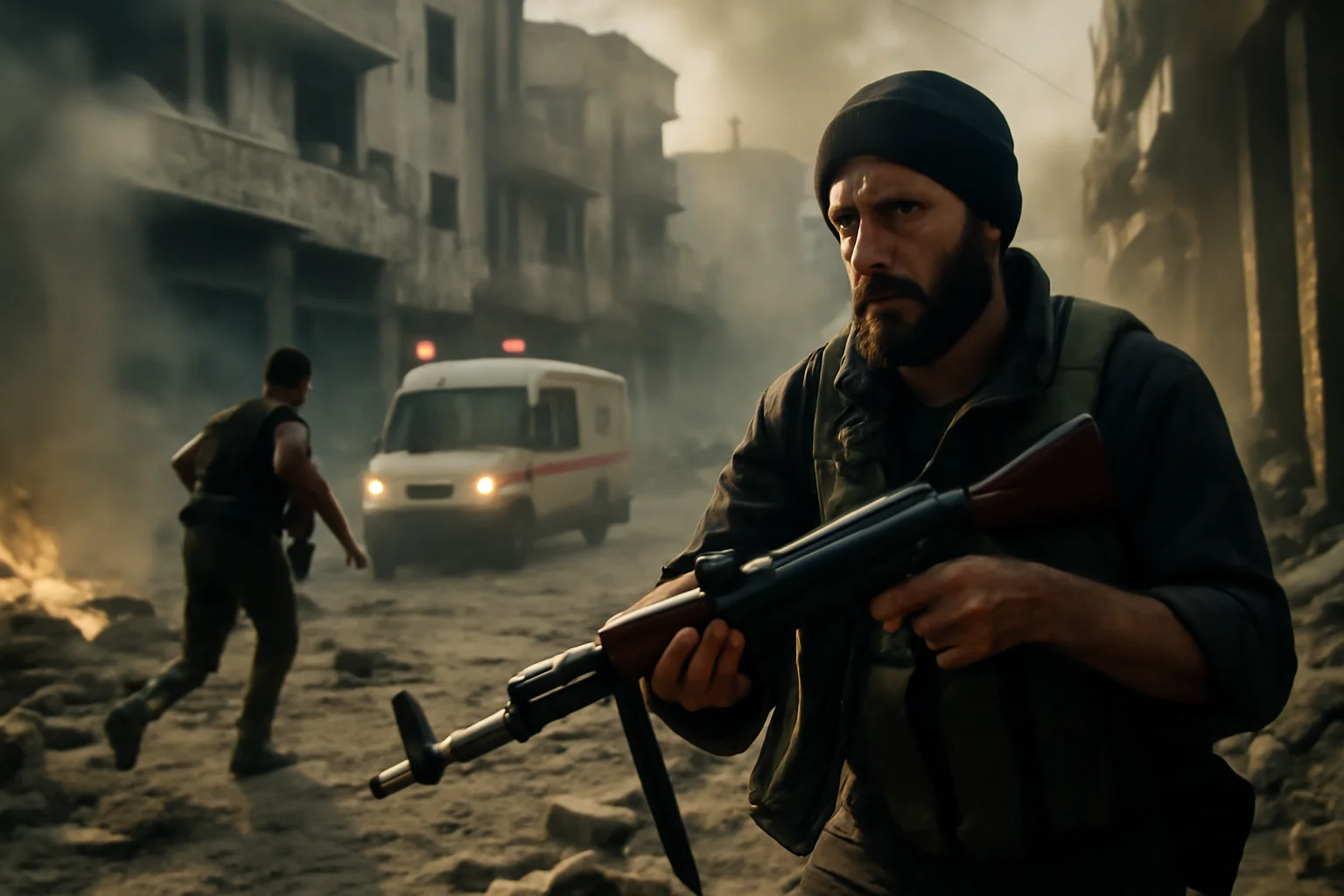
On Tuesday evening, hope briefly flickered as the Syrian government announced a ceasefire in Sweida, promising safe corridors for civilians and a return to stability.Yet within hours, gunfire erupted once more, as both sides accused each other of violating the fragile agreement.Government forces insisted they were responding to provocations by “outlawed gangs,” while Druze fighters accused the military of heavy-handed crackdowns and indiscriminate attacks.Ambulances raced through the city’s narrow streets, ferrying the wounded as hospitals filled beyond capacity and the dead piled up in temporary morgues.Civilians trapped in their homes sent desperate messages to relatives abroad, describing the terrifying sounds of shelling, mortars, and automatic weapons just beyond their walls.The UK-based Syrian Observatory for Human Rights reported that more than 250 people had been killed as of Wednesday morning, including children, women, soldiers, and local fighters, with at least 21 executed in the streets.Entire neighborhoods were razed, and many residents accused government forces of looting, torching homes, and carrying out reprisals against suspected opposition supporters.Local leaders pleaded for international intervention, warning that the violence risked degenerating into outright sectarian war—a replay of Syria’s darkest days.Reports filtered in of Druze armed groups forcibly shaving mustaches and defacing symbols of government authority, as the city fractured along lines of faith and loyalty.At checkpoints, fighters searched vehicles for suspected collaborators, while families huddled in basements, praying for a pause in the fighting.Outside observers described the situation as “an extremely complicated dynamic,” where petty crime had ignited mass killings, sectarian retribution, and the ever-present shadow of foreign intervention.With the rule of law broken, the dreams of a unified Syria—long promised by the new rulers in Damascus—seemed more remote than ever.
Advertisement
4. Israel Steps In: The Promise of Protection
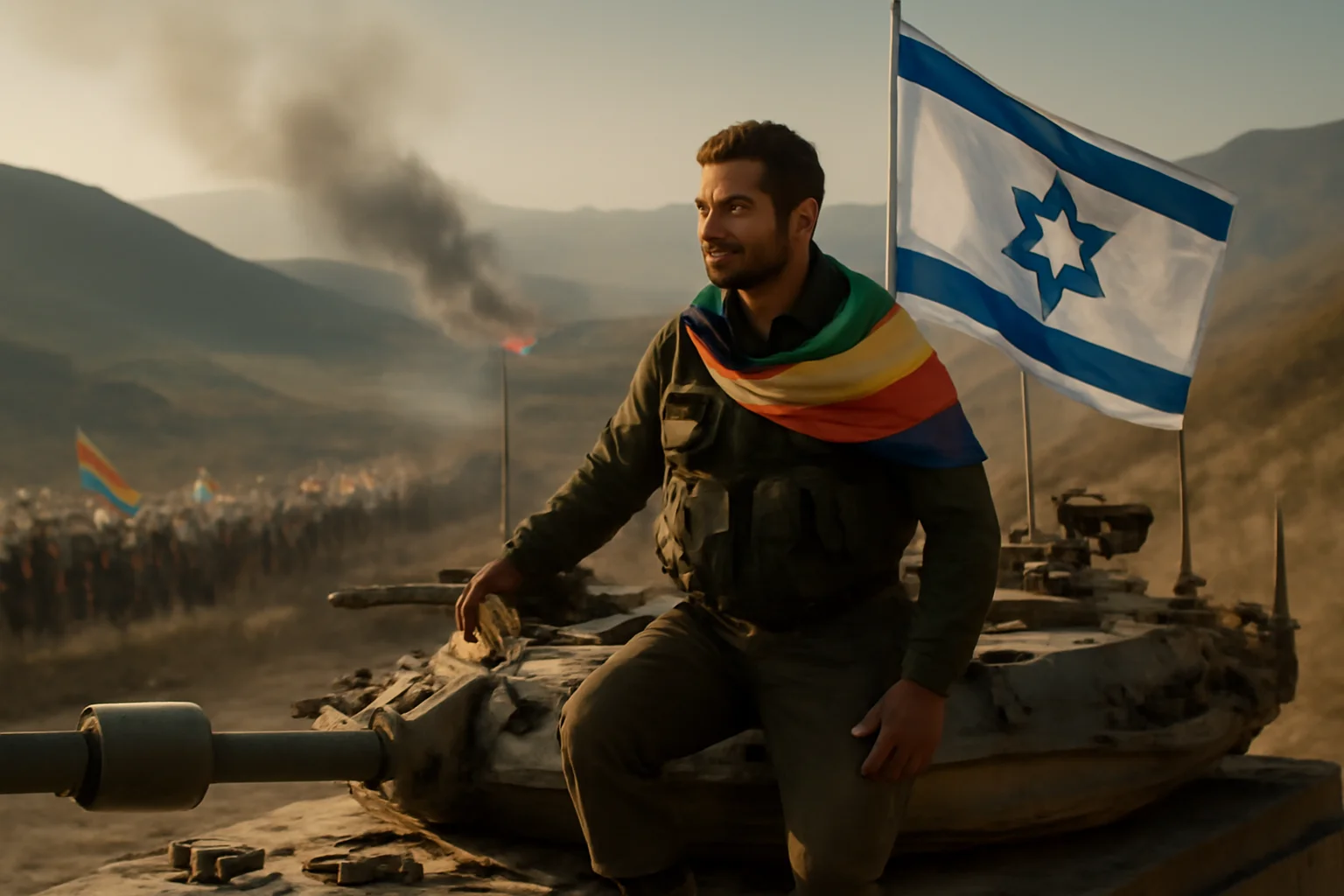
The eruption of violence in Sweida set off alarm bells far beyond Syria’s borders, especially among the roughly 100,000 Druze living in Israel and the occupied Golan Heights.For years, Israel has regarded its own Druze minority as loyal citizens, many of whom serve in the military and government, forging bonds that transcend sectarian lines.With the outbreak of fighting, Israeli leaders moved quickly, declaring their intention to defend Druze populations in Syria and pledging military intervention if necessary to prevent mass atrocities.Defense Minister Israel Katz publicly warned the Syrian government to withdraw its forces from Druze areas or face escalating retaliation, vowing, “the warnings have ended—now painful blows will come.”Prime Minister Benjamin Netanyahu echoed the message, stressing Israel’s “obligation to safeguard the Druze locals” and the need to maintain a demilitarized zone along the Israeli-Syrian border.In a dramatic show of solidarity, hundreds of Israeli Druze gathered at the border, some even crossing into Syria to aid their kin, despite official pleas to stay back for their own safety.The Israeli military reinforced its positions in the Golan Heights and launched a wave of airstrikes on Syrian army positions, tanks, and convoys moving toward Sweida.For Israel, the campaign carried a dual message: deterrence against Islamist forces gaining ground near its border, and a warning to Syria’s new rulers that abuses against minorities would not go unpunished.The United States and other regional powers watched warily, urging calm and offering diplomatic channels to prevent further escalation.Yet for many Druze, Israel’s intervention was both a lifeline and a gamble, raising questions about long-term loyalty, autonomy, and the ever-shifting sands of Middle Eastern alliances.As Israeli drones circled above and artillery thundered in the distance, the region braced for a wider conflagration—one that could redraw the lines of power and faith for years to come.
Advertisement
5. The Mystery Unfolds: Why the Druze Became a Flashpoint
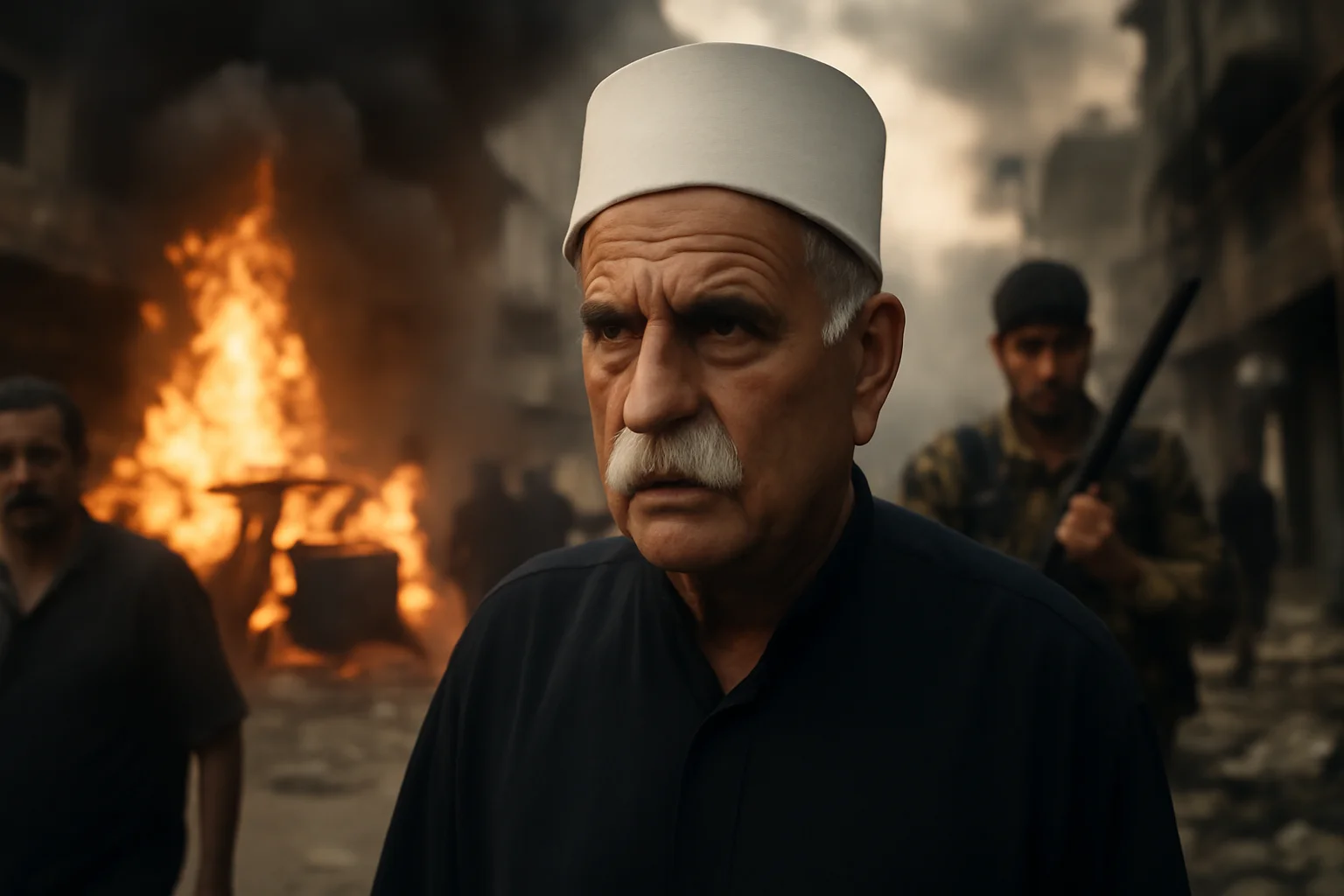
Beneath the explosions and headlines lies a deeper story: why has the Druze community, long seen as quietly pragmatic, become the epicenter of a national and regional crisis?For decades, the Druze have maintained a delicate equilibrium with the Syrian state, balancing loyalty and dissent, autonomy and integration, all while shielding their unique faith and traditions.The collapse of the Assad regime after a 14-year civil war shattered old certainties, as new Sunni Islamist rulers in Damascus sought to consolidate power and demand allegiance from restive minorities.Yet for many Druze, memories of broken promises and betrayals lingered—past crackdowns, massacres, and the failure to deliver meaningful power-sharing in a country scarred by sectarianism.The latest conflict erupted after a series of kidnappings and tit-for-tat attacks between Bedouin tribes and Druze fighters, quickly escalating into a deadly cycle of revenge.As the government moved to reassert control, accusations of collective punishment, arbitrary arrests, and sectarian abuses multiplied, fueling the sense of existential threat among Druze leaders.Meanwhile, Islamist militias and hardline factions in the new government aroused deep suspicion among minorities, who feared the rise of a regime that prioritized religious orthodoxy over pluralism.International actors, from Israel to the Gulf States and Turkey, seized on the crisis as a pretext to intervene or exert influence, each pursuing their own agendas and fueling the volatility.For ordinary Druze, the struggle was personal—a fight for dignity, survival, and the right to shape their own destiny in a nation where minority rights remain fragile.What began as a localized dispute has now morphed into a pivotal test of Syria’s new order, challenging leaders in Damascus and foreign capitals alike to reckon with the costs of unfinished revolutions.With the stakes higher than ever, the fate of the Druze community could signal the future not just for Syria, but for the entire region’s delicate balance of power.
Advertisement
6. Smoldering Streets: The Cost of Civilian Caught in Conflict
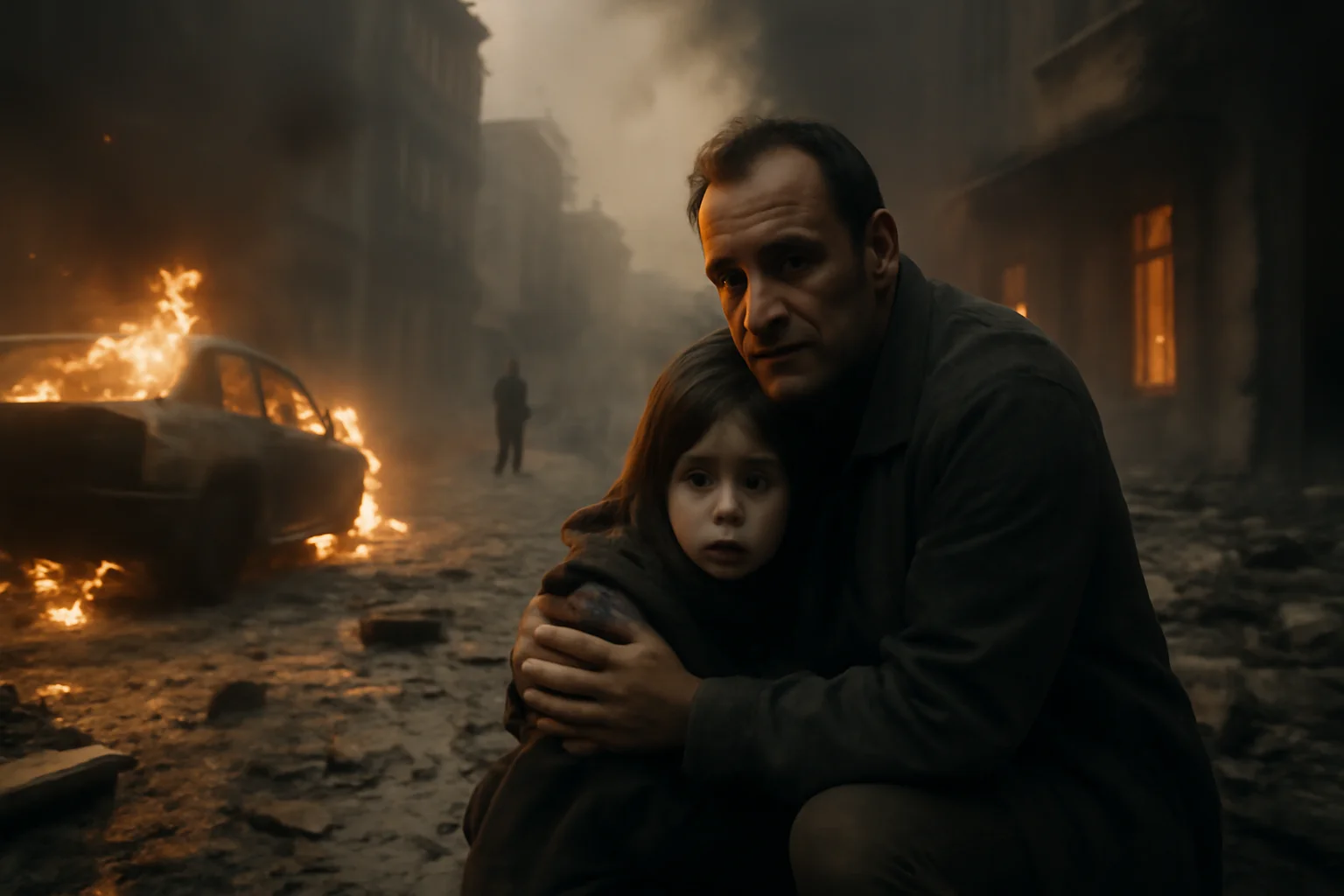
As the fighting raged, it was civilians who bore the brunt of the bloodshed and chaos, their lives upended by violence that seemed to spiral beyond reason or restraint.In neighborhoods across Sweida and Damascus, families sheltered in basements as the staccato bursts of machine guns echoed through the streets, punctuated by the distant booms of artillery.Red Crescent volunteers rushed to rescue the injured, weaving through rubble-strewn streets while under threat of sniper fire and shelling.Stories poured in from terrified relatives abroad, desperate for word from family members who had vanished amid the turmoil—some hiding, some wounded, some missing entirely.Reports surfaced of government troops and militia fighters looting homes, burning entire blocks to the ground, and executing suspected enemies in what observers called “field executions.”Video footage shared online captured the horror: burning cars on empty roads, makeshift morgues filling with the dead, and the relentless smoke billowing from homes and government buildings alike.The death toll climbed rapidly, with hundreds reported killed, including children and women, and many more wounded or displaced, as both sides accused each other of atrocities.Human rights groups and international agencies sounded alarms over possible war crimes and called for immediate humanitarian access to affected areas.In the city of Sweida, fathers tried to comfort children too frightened to speak, mothers prayed for a return to peace, and the elderly wept for a country they no longer recognized.A sense of abandonment pervaded, as the promises of protection from all sides—Damascus, foreign powers, even community leaders—failed to stop the bloodshed.Yet amid the despair, there were also moments of bravery: neighbors risking their lives to save others, doctors working around the clock, and a battered community refusing to surrender to fear.
Advertisement
7. Geopolitical Storm: Regional Powers React
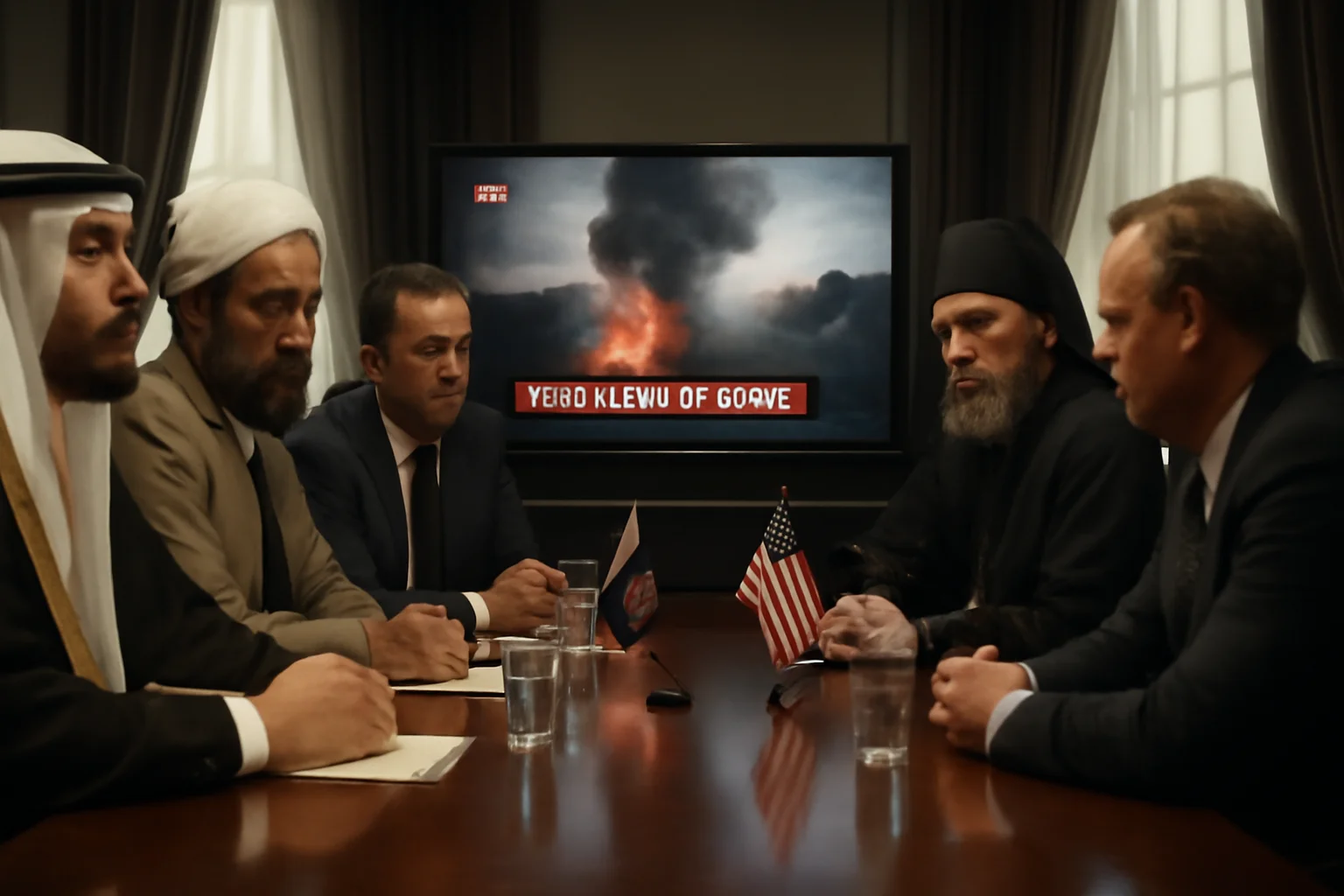
The widening violence in Syria has drawn swift condemnation—and concern—from across the region and beyond, as rival powers calculate their next moves.The Gulf Cooperation Council denounced Israel’s strikes as a flagrant violation of Syrian sovereignty and called for urgent international action to halt what it labeled an “irresponsible escalation.”Turkey accused Israel of sabotaging Syria’s fragile peace process, while urging all stakeholders to support integration and reconciliation under the new Syrian government.Russia and Iran, traditional backers of the old Syrian regime, condemned foreign intervention and warned against any moves that might further destabilize the country or threaten their interests.Meanwhile, the United States, after years of sanctions and isolation, has cautiously welcomed some aspects of Syria’s new leadership, opening channels for dialogue but also urging restraint.For the European Union and the United Nations, the immediate priority has been humanitarian access and civilian protection, as aid groups scramble to reach those trapped by fighting.Within Israel, the government has faced growing pressure from its own Druze community to do more to protect kin in Syria, fueling debates over the country’s responsibilities as both neighbor and protector.In Beirut and Amman, political analysts debated whether Syria’s descent into renewed violence might spill over into Lebanon or Jordan, already strained by refugee flows and economic crisis.For Syrian President Ahmed al-Sharaa, the test of leadership is acute: can he re-establish order, protect minorities, and deliver the inclusive political model long promised to a fractured nation?Against this backdrop, the stakes are immense—not only for the combatants on the ground but for a Middle East where the outcome of Syria’s struggles could reverberate for decades.Every actor, from world powers to local militias, is now playing a part in a high-risk contest with no clear endgame in sight.
Advertisement
8. Chaos Unleashed: The Breakdown of Authority
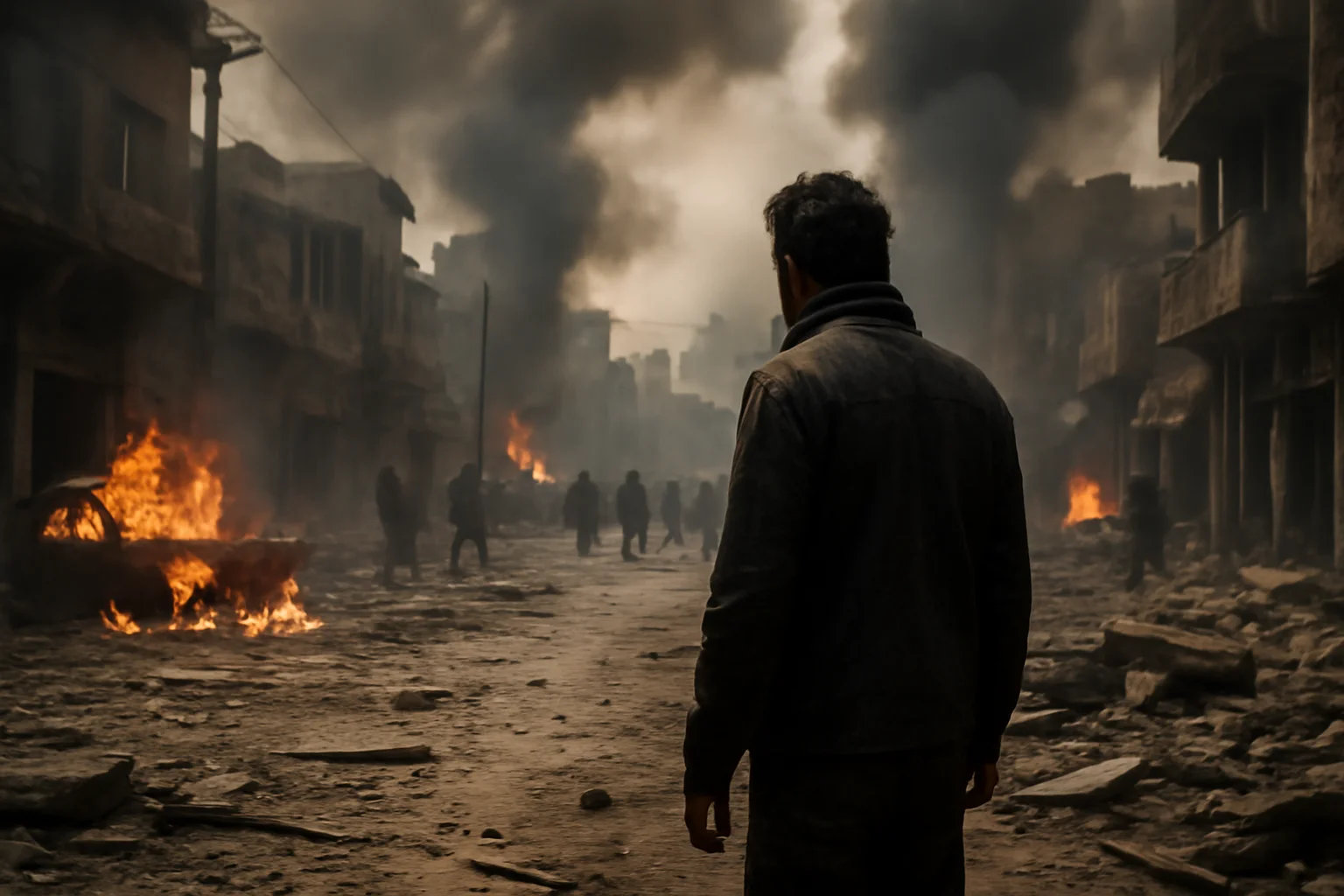
As the hours stretched into days, the sense of chaos deepened, with the old boundaries of authority and law breaking down in cities and villages alike.Security sources and residents described a vacuum where government control had all but evaporated, leaving neighborhoods at the mercy of whichever armed group held sway that hour.With each new airstrike or artillery barrage, the cycle of violence escalated: retaliatory attacks, mass arrests, and an ever-widening spiral of suspicion and retribution.Social media became both a lifeline and a curse, as rumors of atrocities, abductions, and betrayals spread faster than facts could be confirmed.Many government officials went into hiding or fled, leaving local power in the hands of clan elders, militia leaders, or self-appointed “protectors” whose motives were often murky.International journalists and aid workers struggled to navigate a shifting landscape where front lines changed by the hour and loyalties were always in question.Economic life ground to a halt as markets shuttered, banks closed, and food and fuel grew scarce—conditions ripe for opportunists and black-market profiteers.The city of Sweida, once a bastion of Druze culture and tradition, now stood as a grim symbol of the cost of Syria’s unfinished transformation.Calls for justice and reconciliation rang hollow amid scenes of carnage, and the fragile social fabric woven over generations seemed to unravel with each passing day.The absence of central authority left a dangerous vacuum—one that foreign powers were quick to exploit, but none seemed able to fill.As the dust settled, many wondered: would Syria ever return to a semblance of peace, or had the old order given way to a new era of perpetual conflict?
Advertisement
9. Voices from the Edge: Stories of Survival
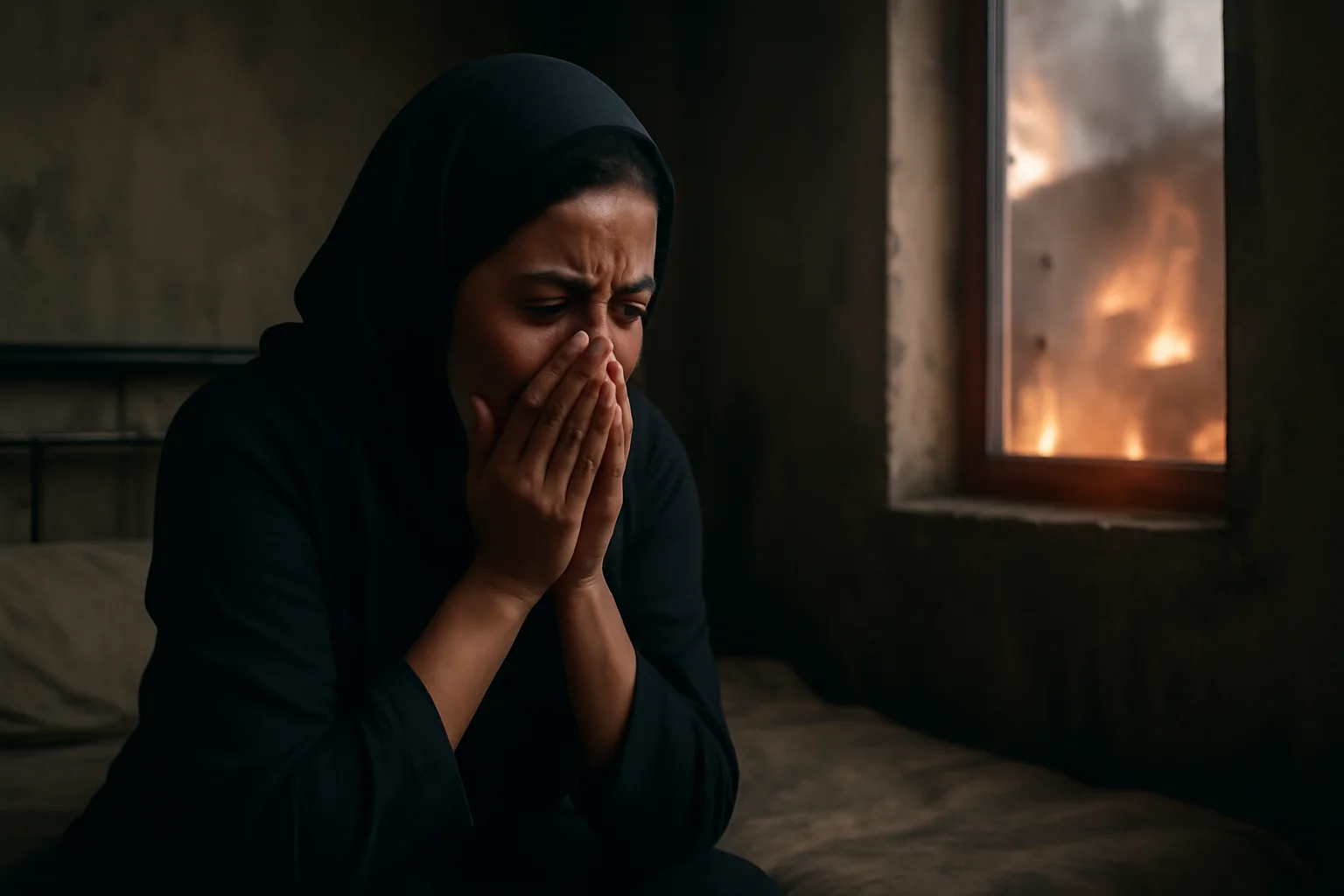
Amid the torrent of violence and shifting allegiances, personal stories began to emerge—snapshots of hope, heartbreak, and resilience in the face of catastrophe.In the suburb of Jaramana, a young woman named Evelyn Azzam recounted her last call with her husband, trapped in Sweida when the clashes erupted—his fate still unknown after being shot and taken away by ambulance.Others spoke of families hiding in basements for days, paralyzed by fear as gunfire rattled outside and flames consumed homes they had spent lifetimes building.For some, the conflict rekindled memories of past horrors—the 2018 Islamic State attacks, earlier rounds of government crackdowns, and the ever-present anxiety of living in a land where violence could strike at any moment.A Druze woman living in the UAE broke down as she described her family’s desperate efforts to stay alive, memories of past atrocities blending with the present terror.Israeli Druze crossed into Syria, defying government warnings, driven by a sense of kinship and duty impossible to ignore even as risk soared.In one village, survivors showed journalists the body of a brother executed in his own home, while neighbors recounted government soldiers stealing cars and burning houses in retribution.Red Crescent medics, doctors, and aid workers labored under impossible conditions, patching wounds, comforting the dying, and trying to provide some semblance of dignity amid the devastation.Even as the violence raged, local leaders and religious figures sought dialogue, holding fragile agreements and peace talks in a bid to halt the spiral of bloodshed.Their efforts often collapsed under the weight of fresh attacks or betrayals, but for many, hope remained—however faint—that some kind of future beyond the current nightmare could still be built.Through it all, the will to survive, to protect family and community, and to bear witness to suffering and injustice, persisted against all odds.
Advertisement
10. Fault Lines Redrawn: Syria at the Brink
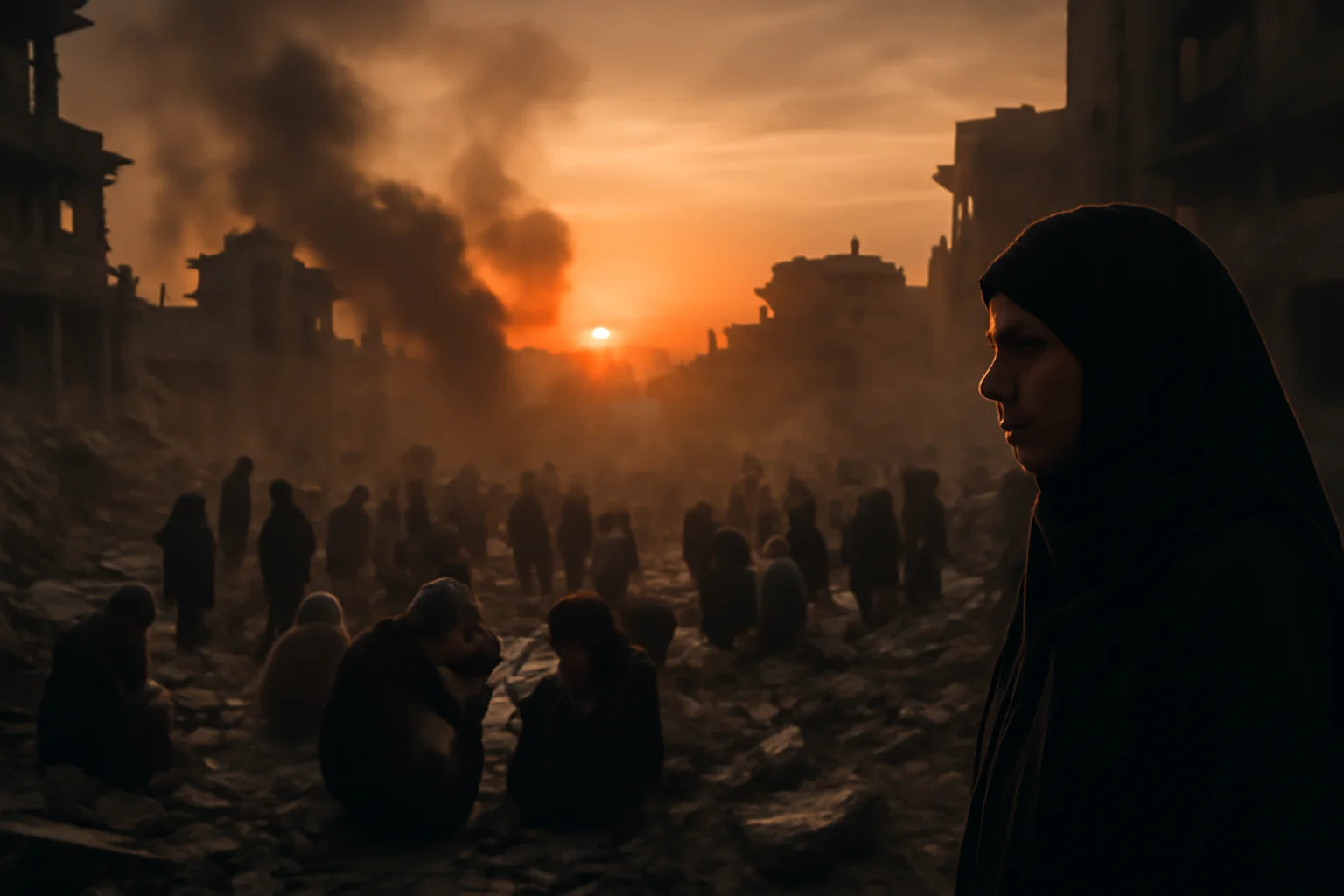
As dusk settled over Damascus and Sweida, the full magnitude of the crisis came into view—a country once again teetering on the edge, its future uncertain.The strikes on the capital and the carnage in the south revealed not only the depth of Syria’s divisions, but also the limitations of outside powers to impose order or lasting peace.Promises of protection, ceasefires, and international law seemed distant abstractions to those huddled in fear or mourning lost loved ones.For the Druze, the conflict had become a defining ordeal, one that would shape their identity and politics for generations, whether through resistance, accommodation, or migration.For Syria’s new rulers, the challenge of forging a truly inclusive, stable nation loomed larger than ever, with the wounds of sectarian violence slow to heal.Israel’s intervention marked a new chapter in a long history of cross-border rivalry and entanglement, with each side watching warily for the other’s next move.The broader Middle East looked on, aware that what happens in Syria’s mountains and cities could ignite new fires or inspire new hopes far beyond its borders.As survivors recounted their stories, the world faced a familiar dilemma: how to move from condemnation to meaningful action, from endless war to fragile peace.On the ground, families began the painful work of picking up the pieces, even as uncertainty shadowed every new day.In the end, the latest chapter in Syria’s ordeal was a grim reminder of how quickly hope can slip away, and how urgently true reconciliation is needed—before the next round of violence redraws the map once more.
Advertisement
Advertisement
You May Also Like


